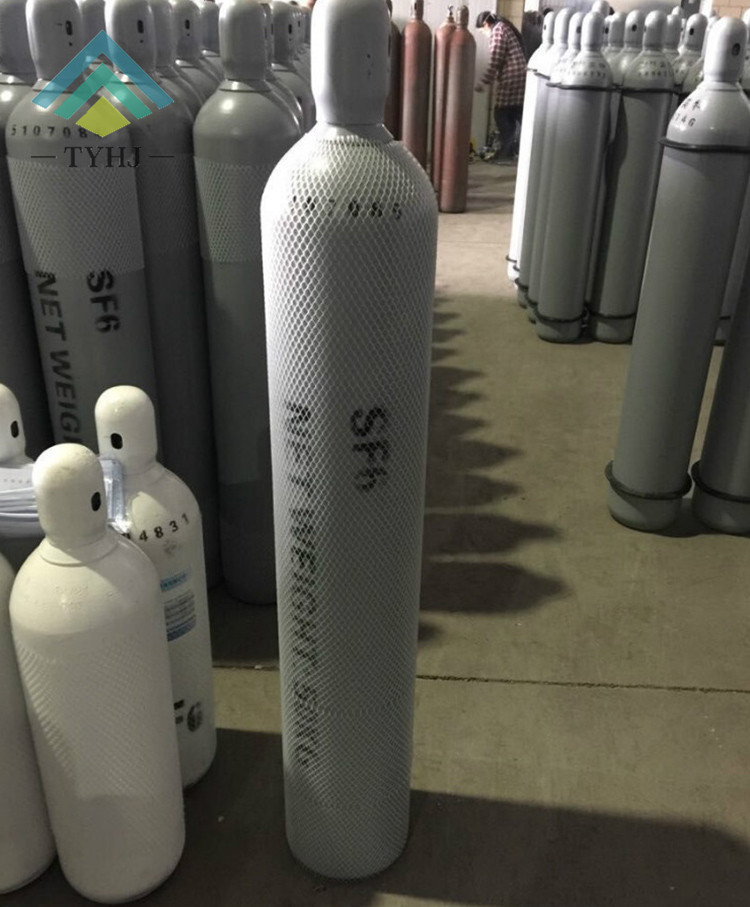Sulfur hexafluoride (SF6) has been used for decades as an insulator in power plants and electrical transmission and distribution. This gas has excellent dielectric properties, almost three times better than air and nitrogen, and it works well as arc quencher in circuit breakers and electrical switchgear. However, SF6 is the most potent greenhouse gas known. It is 23,900 times more effective than carbon dioxide (CO2) at trapping infrared radiation in the atmosphere. Chemically, it is very stable, and it has a lifetime of 3,200 years in the atmosphere.

The Environmental Protection Agency (EPA) has been aware of the global warming potential of SF6 for a long time. In 1999, the agency started a partnership with electricity utilities to curb the effects of SF6. The voluntary emissions reduction program aims to decrease the amount of SF6 released into the atmosphere by electrical equipment that uses this gas as an insulator. Steps to minimize the amount of SF6 gas released include replacing older equipment with more efficient, better sealed units, improving processes to minimize emissions during manufacturing, commissioning, and maintenance of switchgear, and reducing leaks while in service.